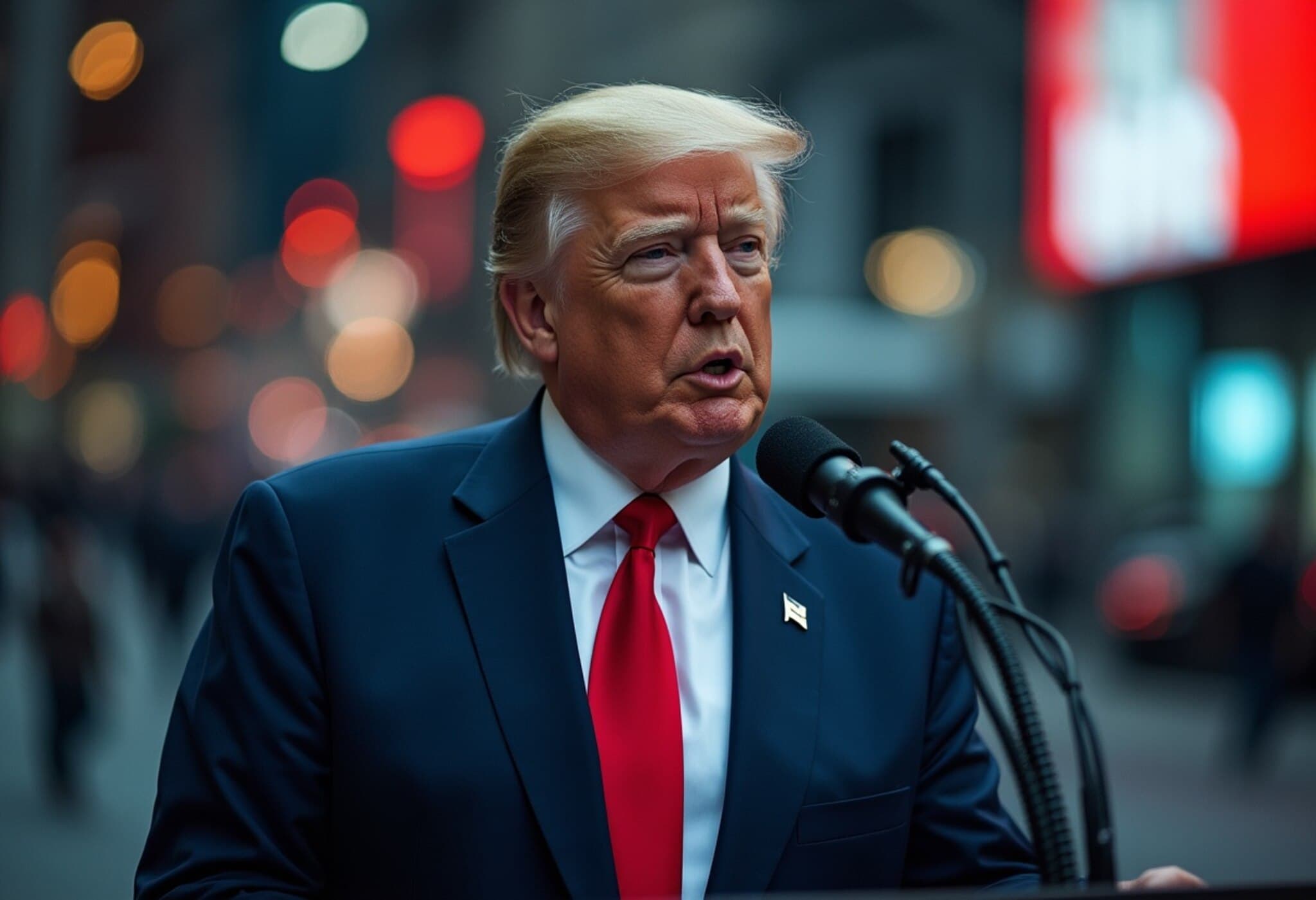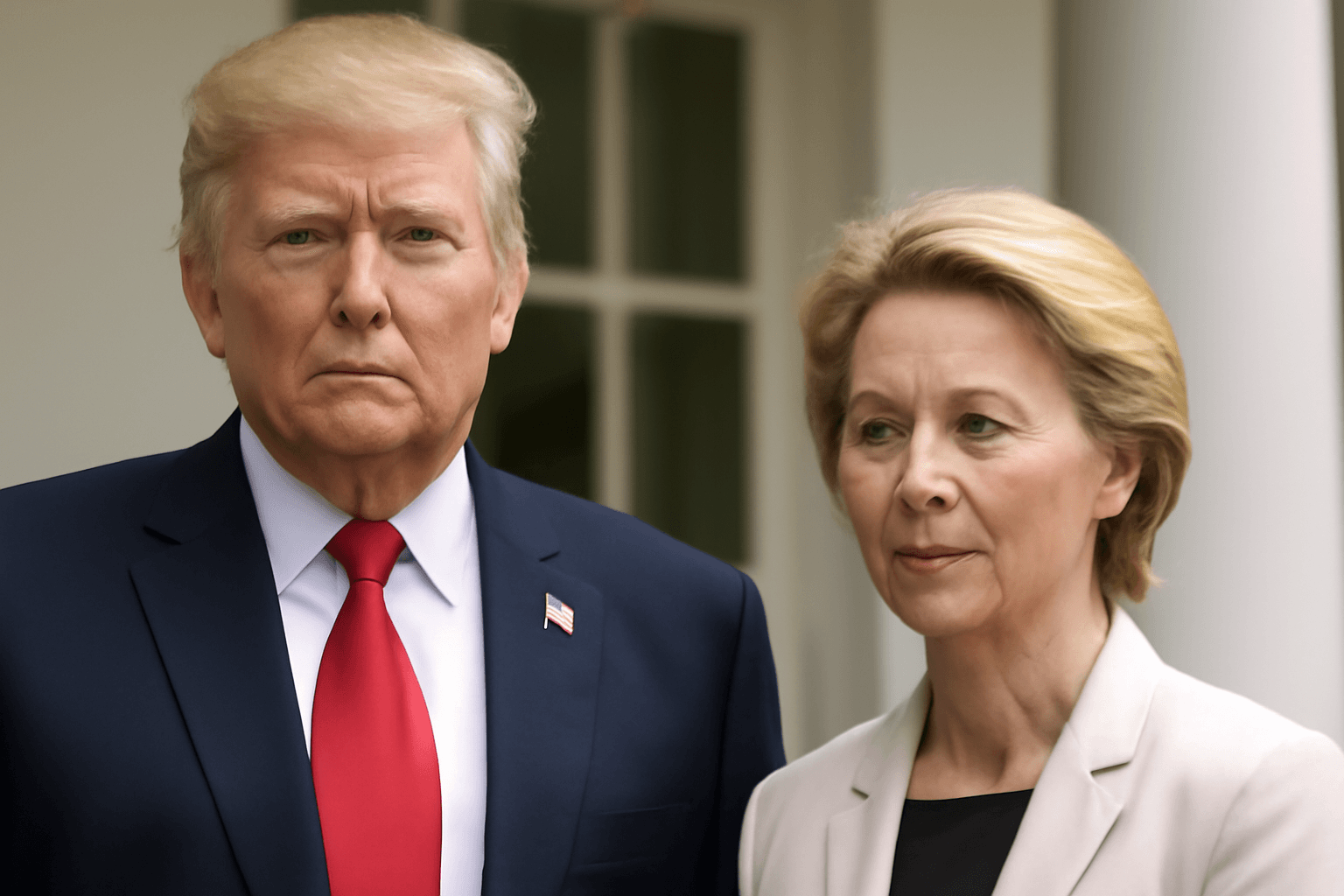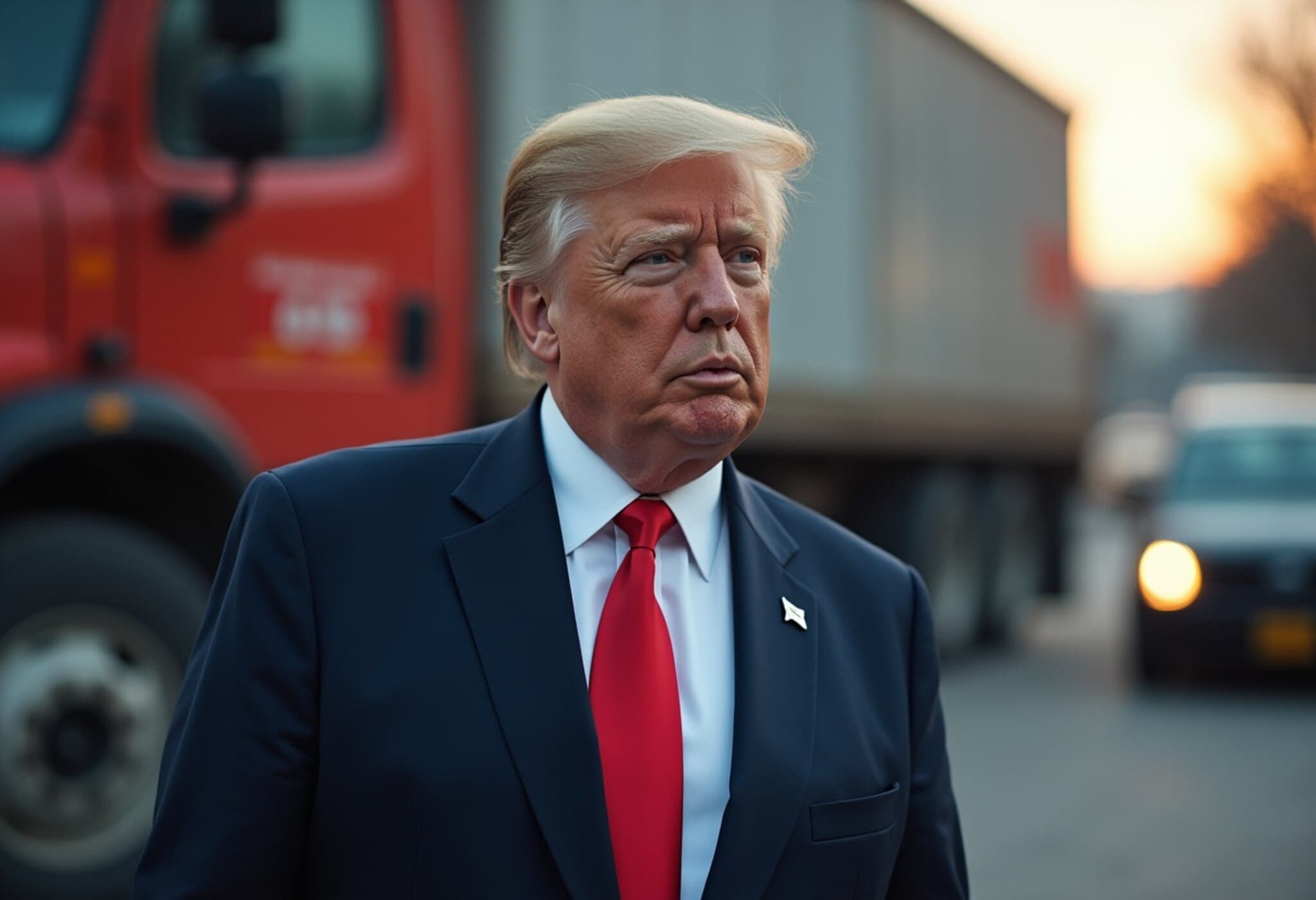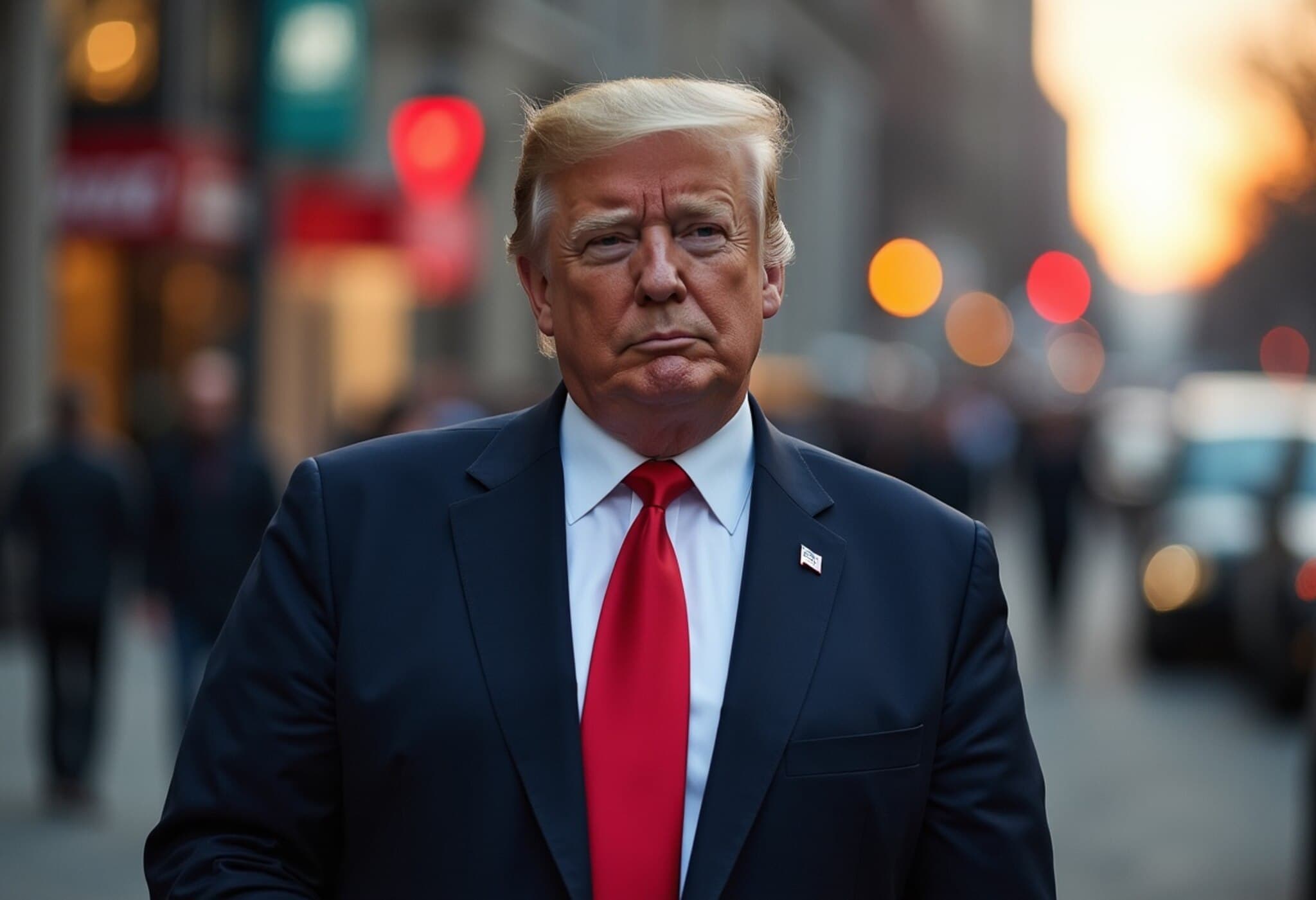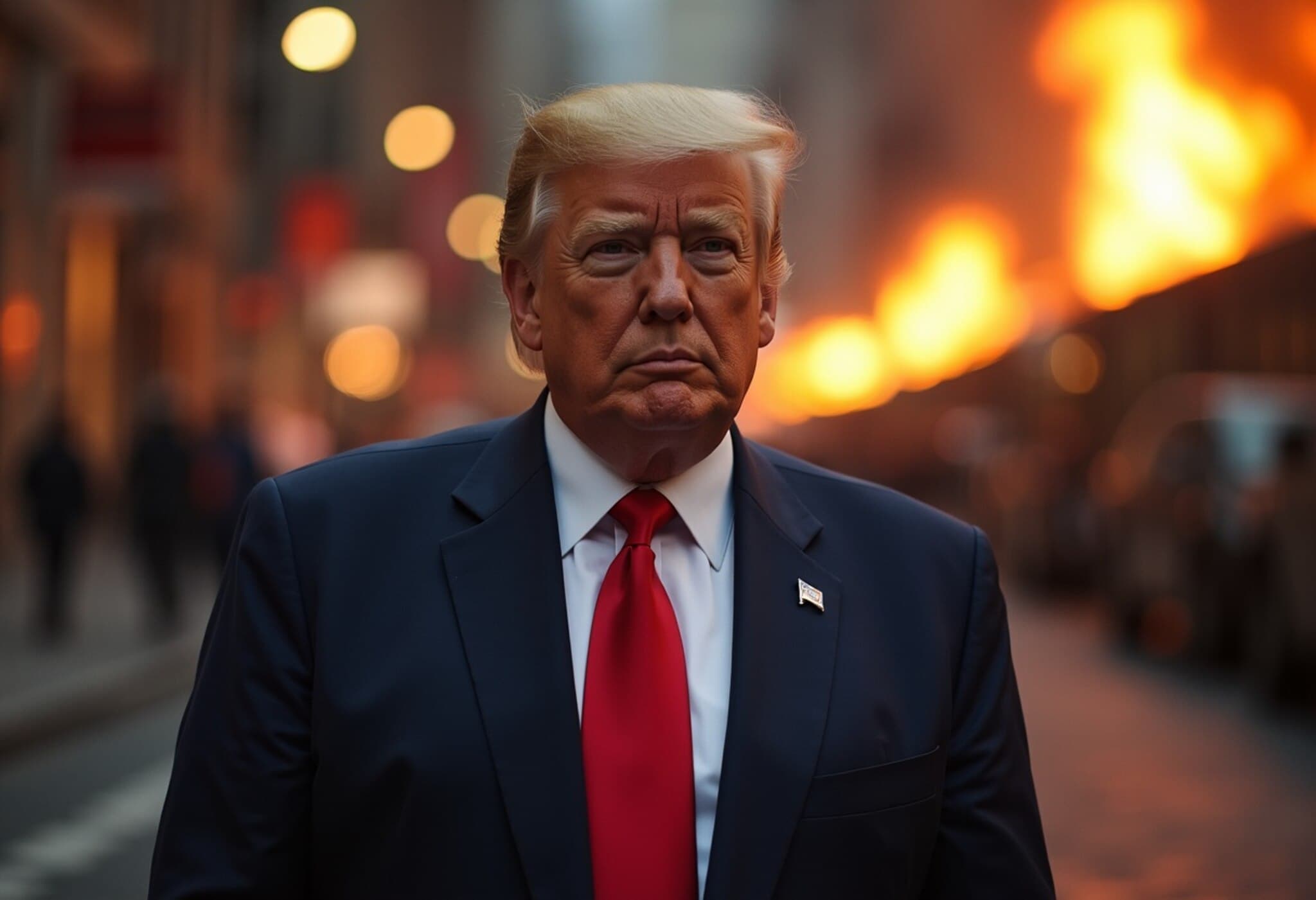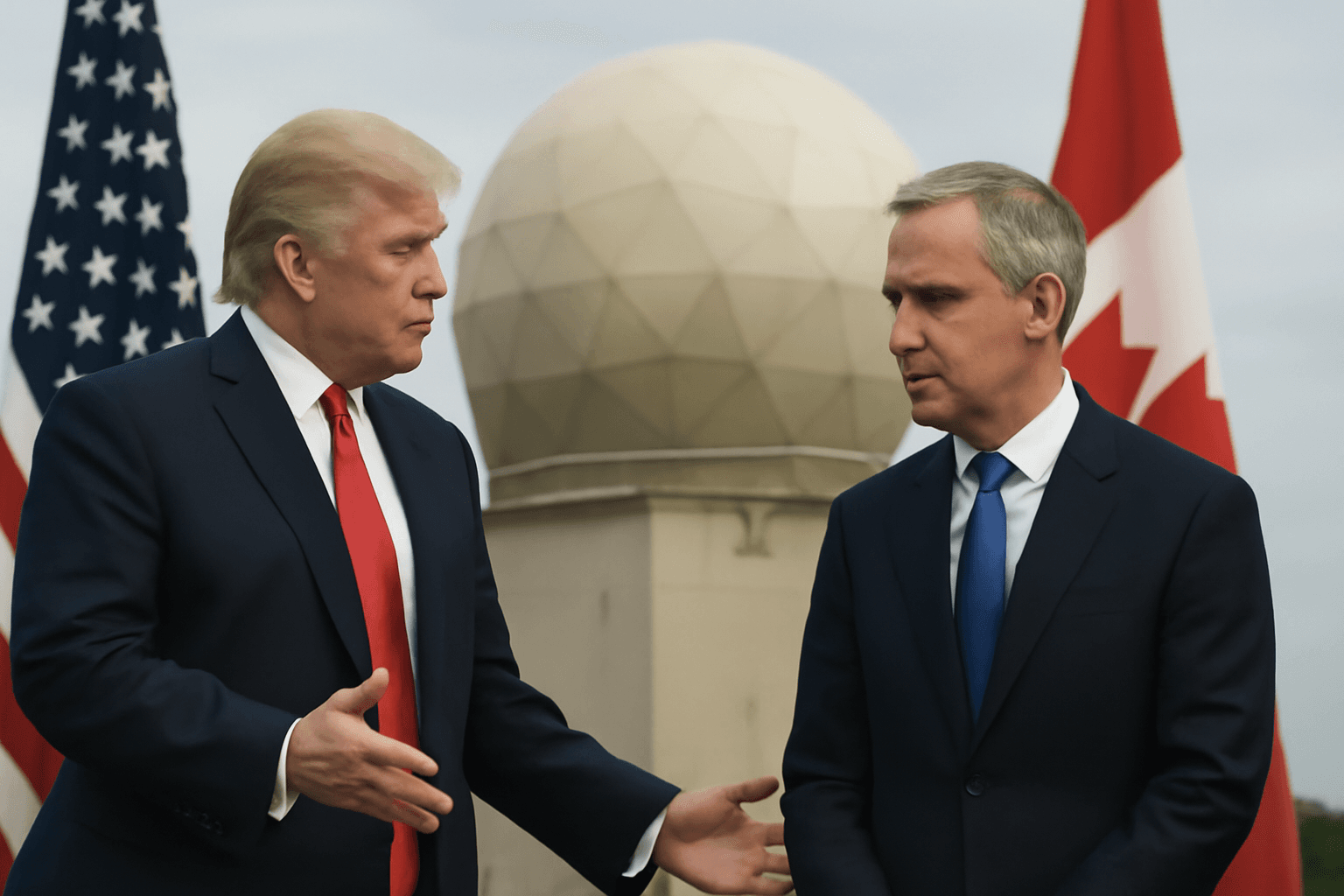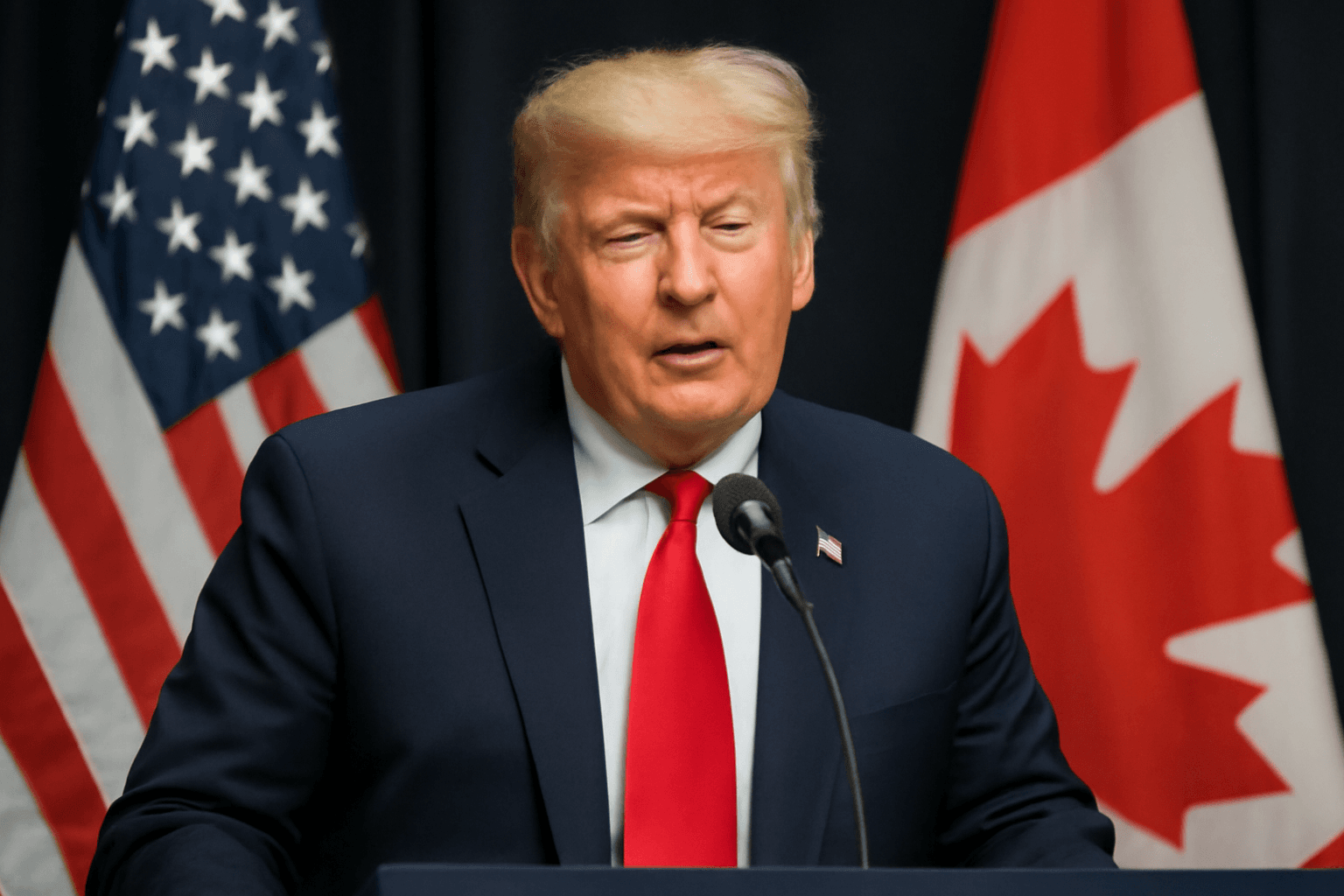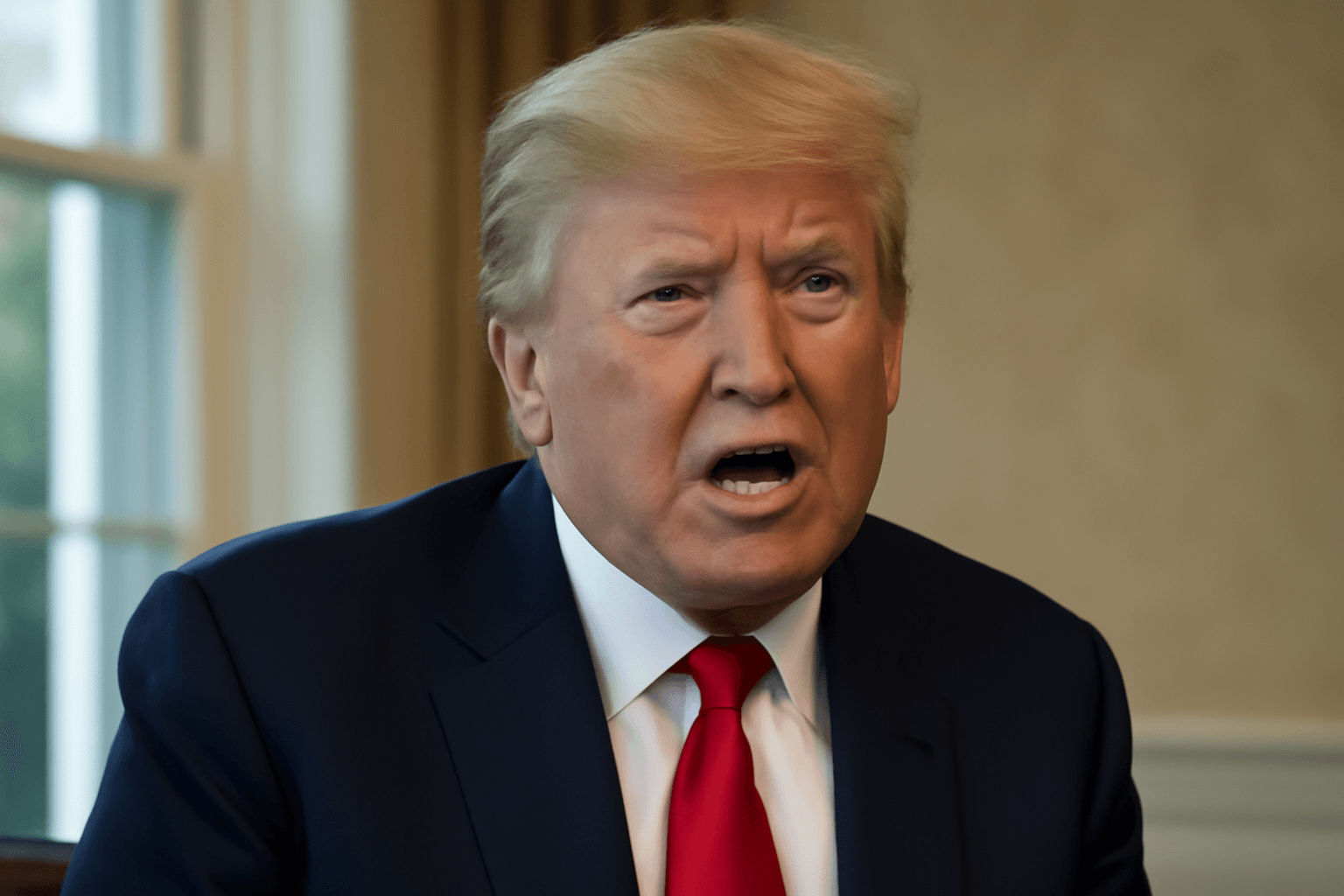Trump Administration Imposes Steep Tariffs on Copper Imports
On July 31, 2025, President Donald Trump signed a decisive proclamation introducing a 50% tariff on specific copper imports, citing national security interests. This move, announced by the White House, aims to protect and reinforce the domestic copper manufacturing industry amid geopolitical uncertainties and global supply chain vulnerabilities.
Details of the Tariff and Its Scope
The tariffs, effective from August 1, specifically target semi-finished copper goods and copper-based products widely utilized across American manufacturing sectors, including electronics, construction, and vehicle production. Notably, raw copper materials such as ores, concentrates, cathodes, anodes, and scrap remain exempt, indicating a targeted approach rather than an outright ban on copper imports.
National Security and Economic Implications
The proclamation follows a rigorous Section 232 national security review initiated in February, aimed at assessing vulnerabilities in copper supply chains crucial for critical infrastructure and defense. Copper’s strategic importance stems from its essential role in electrical wiring, renewable energy technologies, and defense manufacturing.
This protective stance aligns with broader U.S. efforts to reduce dependency on foreign materials often sourced from countries with geopolitical risks or unstable trade relations. By bolstering domestic production, the administration seeks to safeguard supply from potential disruptions.
Complementary Measures to Support Domestic Industry
- Alongside the tariff, the executive order requires that 25% of all high-grade copper scrap generated within the United States must be sold domestically. This measure is designed to channel more raw material into local supply chains.
- The policy also signals intent to invest in and revitalize American copper processing facilities, encouraging job creation and technological innovation.
Expert Insight: Balancing Protection with Market Realities
Trade specialists warn that while the tariff could invigorate U.S. copper production, it risks raising costs for industries reliant on copper imports. For manufacturers, especially small and medium enterprises, these higher input costs might translate into increased product prices or supply chain adjustments.
Economist Dr. Laura Chen from the Center for Industrial Policy comments, "This move underscores a strategic urge to reclaim industrial autonomy, but it must be balanced carefully. The risk of retaliation and potential disruptions in global copper availability could counteract some intended benefits. Strategic stockpiling and advanced recycling will also become critical going forward."
Broader Context: U.S. Industrial Policy Amid Global Competition
The tariff signals a continuation of America’s assertive industrial policies aiming to secure critical minerals and materials amid intensifying global competition, particularly from China and other copper-producing nations. It dovetails with past initiatives to secure supply chains for rare earths, lithium, and other materials vital for clean energy and defense technologies.
Looking Ahead
As the tariffs come into force, stakeholders will be watching closely to assess the impact on trade relations, domestic manufacturing costs, and U.S. competitiveness. This policy raises significant questions about how the U.S. balances protectionist impulses with the realities of integrated global markets.
Editor’s Note
The introduction of a 50% tariff on copper imports marks a pivotal moment in U.S. industrial policy. It highlights how critical materials like copper are now at the intersection of economic strategy and national security. While the measures aim to strengthen domestic capabilities, they also invite scrutiny of broader supply chain resilience and international trade dynamics. Readers are encouraged to consider how such policies might reshape American manufacturing and global commodity markets in the years ahead.


